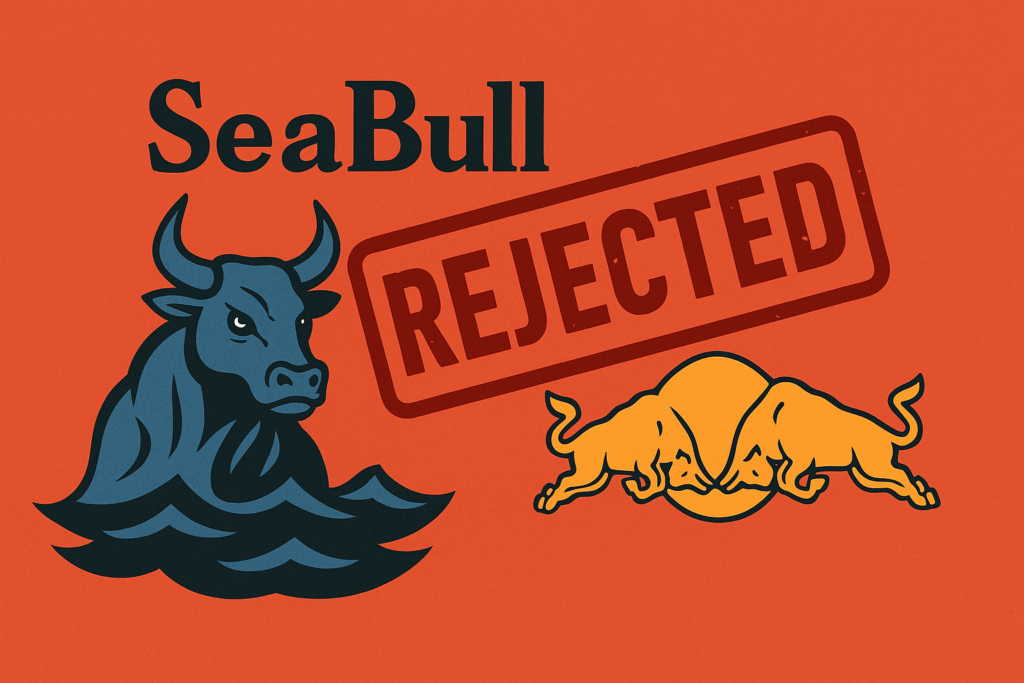Brand Control: The IP Mojo Series on Trade Marks That Stick (Intro Post)
 Launching a brand? Running a business? Advising one? Then you already know the power of a strong name, logo, or tagline. But what makes a brand not just memorable — but legally defensible?
Launching a brand? Running a business? Advising one? Then you already know the power of a strong name, logo, or tagline. But what makes a brand not just memorable — but legally defensible?
Starting later this week, IP Mojo presents:
🎯 Brand Control: The IP Mojo Guide to Trade Marks That Stick
A 10-part deep dive into how to build, protect, and enforce brands that actually hold up — in the real world and in court.
Over the coming posts, we’ll walk through:
-
How to pick a name that’s not just clever but protectable
-
How to search before you spend
-
What to register (and where)
-
How to keep your rights alive and your competitors at bay
-
What to do when you’re going global, exiting, or facing infringement
Whether you’re:
-
a founder choosing your next brand name,
-
a marketer defending a rebrand,
-
an investor reviewing a startup’s IP stack,
-
or a lawyer tasked with sorting out who owns what…
…this series is for you.
We’ll keep it:
-
Sharp and practical
-
Grounded in real-world examples
-
Unafraid to name names (or court cases)
📌 First post drops soon: “What’s in a Brand? — The DNA of Distinctive Value”
Stick around.
 Firstmac’s long-running dispute with Zip Co over the word “ZIP” has taken another sharp turn—this time with Zip Co applying for special leave to appeal to the High Court.
Firstmac’s long-running dispute with Zip Co over the word “ZIP” has taken another sharp turn—this time with Zip Co applying for special leave to appeal to the High Court. If there’s one thing Red Bull hates more than caffeine-free soft drinks, it’s brand drift. And the latest target of its energy-charged enforcement? A would-be beverage mark from China: SeaBull.
If there’s one thing Red Bull hates more than caffeine-free soft drinks, it’s brand drift. And the latest target of its energy-charged enforcement? A would-be beverage mark from China: SeaBull.
 Maxim Media, the publishers behind the well-known men’s lifestyle magazine and brand MAXIM, had minimal success when in Maxim Media Inc. v Nuclear Enterprises Pty Ltd [2024] FCA 1443 they sought urgent Federal Court orders to shut down an Australian company allegedly riding on their name — through magazines, domain names, destination tours, and model management services.
Maxim Media, the publishers behind the well-known men’s lifestyle magazine and brand MAXIM, had minimal success when in Maxim Media Inc. v Nuclear Enterprises Pty Ltd [2024] FCA 1443 they sought urgent Federal Court orders to shut down an Australian company allegedly riding on their name — through magazines, domain names, destination tours, and model management services. So you’ve filed a series trade mark in Australia. The marks are visually identical except for a single word that tweaks the service type — say, “BURST PLUMBING”, “BURST CLEANING”, “BURST GARDENING”.
So you’ve filed a series trade mark in Australia. The marks are visually identical except for a single word that tweaks the service type — say, “BURST PLUMBING”, “BURST CLEANING”, “BURST GARDENING”.